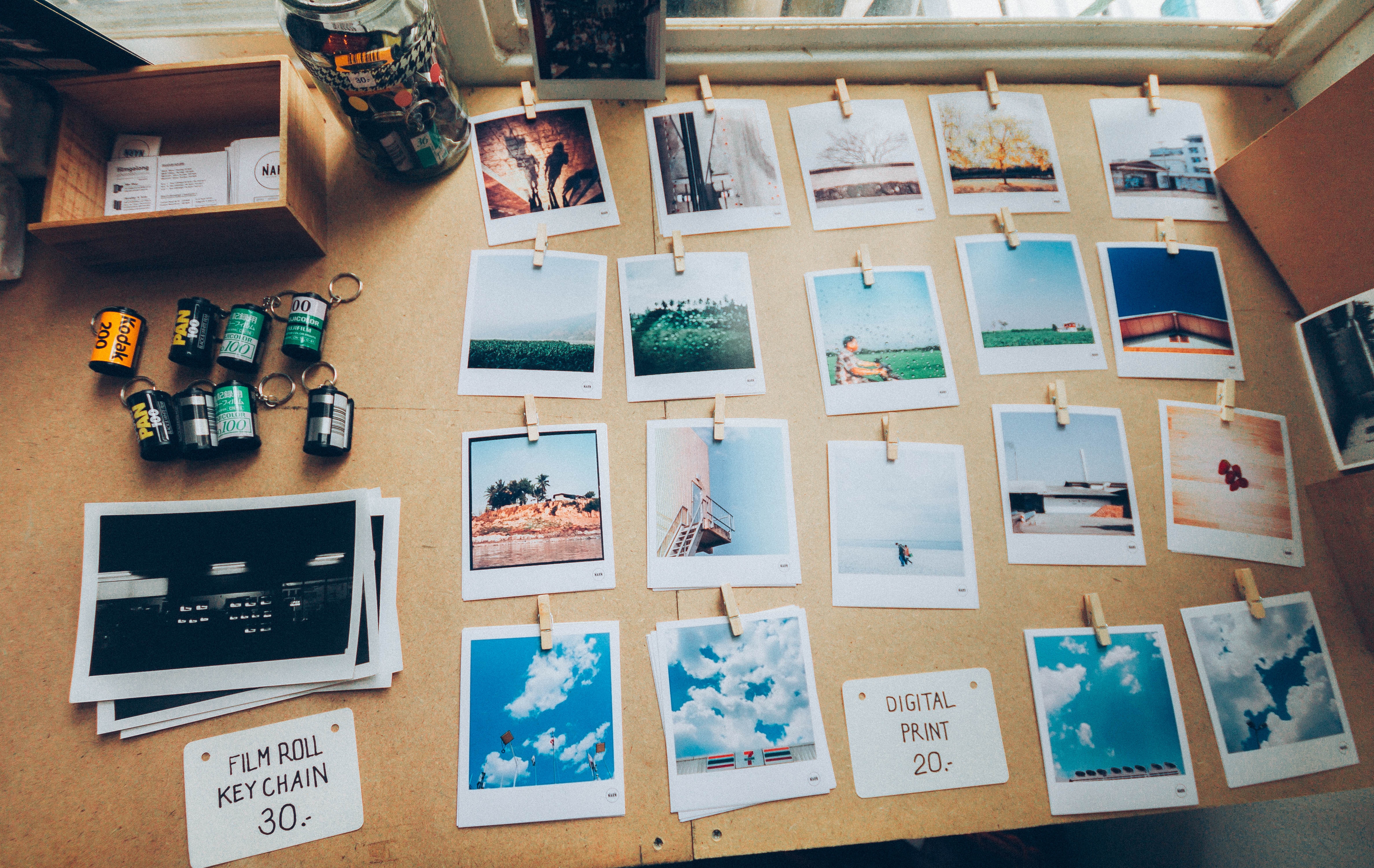Open to access this content
Archives: Programs
The Guidebook Guide Series – The Life of a Guidebook Writer on the Road
Open to access this content
Taking Control of How You Track and Reach Your Freelance Travel Writing Goals
Open to access this content









